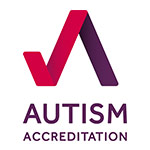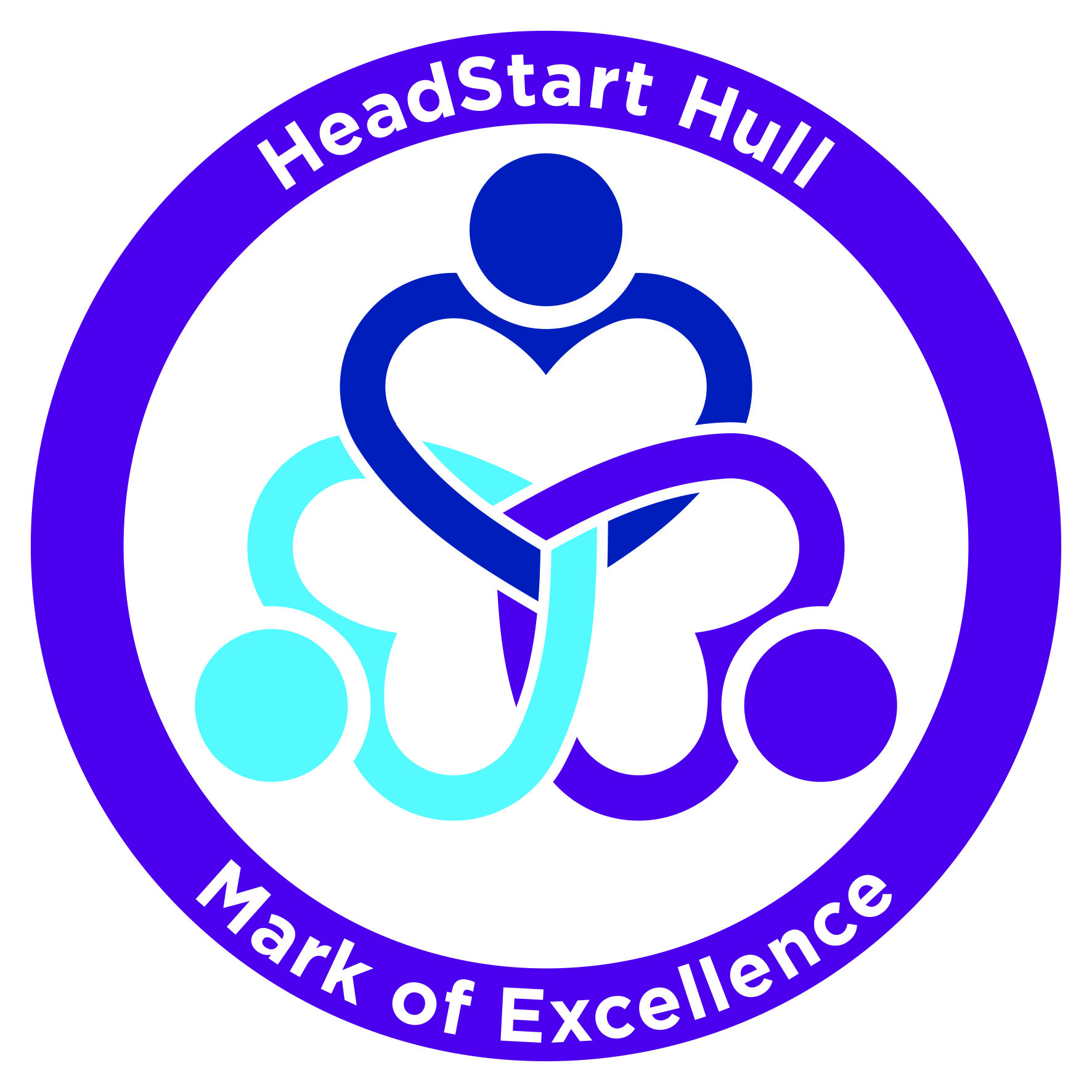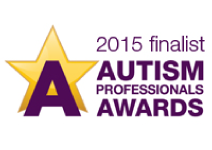How do we support learning?
Communication & Interaction
Many children and young people with learning difficulties will also have communication and interaction difficulties. These may be as a result of their learning difficulty, physical difficulties and/or autism. Our full Communication and interaction policy can be found in the policy section.
Tweendykes is a specialist Communication and Interaction School and College. We have a dedicated Communication and Interaction Team consisting of staff with additional training in autism, communication impairment and communication interventions. We provide further support, where needed, for pupils with complex communication needs within the school, including support for families and other settings the pupils may attend. We are accredited by the National Autistic Society and especially recognised for our work with pupils having complex needs and autism. See more here.
As a school we recognise and celebrate that all children are unique and as such all have different support needs. There are many approaches and interventions available to support the additional communication needs of our pupils. These are individually assessed before a support plan is put in place. The school uses a variety of assessment tools and interventions to develop the students’ communication and interaction skills to their full potential.
Links you'll find useful
Autism
Autism is a lifelong developmental disability that affects how a person communicates with, and relates to, other people and the world around them. (NAS 2015)
Sensory Integration
Many people with an Autism Spectrum Disorder (ASD) have difficulty processing everyday sensory information such as sounds, sights and smells. This is usually called having sensory integration difficulties, or sensory sensitivity. It can have a profound effect on a person's life. (NAS 2015)
At Tweendykes we recognise that pupils learn best when they are able to self-regulate. Pupils access differentiated packages of sensory support dependent on the severity of their sensory processing difficulty. These include sensory circuits, sensory PE and corridor circuits.
Many pupils have personalised sensory provision and equipment in their classroom/outdoor area that they can access throughout the day.
Our full Sensory integration policy can be found in our policy section.
Intensive Interaction
Intensive interaction is an approach to teaching the pre-speech fundamentals of communication to children and adults who have severe learning difficulties and/or autism and who are still at an early stage of communication development. (Intensive Interaction Institute 2015)
PECS was developed in 1985 as a unique augmentative/alternative communication intervention package for individuals with autism spectrum disorder and related developmental disabilities. PECS begins by teaching an individual to give a picture of a desired item to a “communicative partner," who immediately honors the exchange as a request. The system goes on to teach discrimination of pictures and how to put them together in sentences. In the more advanced phases, individuals are taught to answer questions and to comment. (Pyramid Educational Consultants 2015)
SCERTS
The SCERTS® Model is a research-based educational approach and multidisciplinary framework that directly addresses the core challenges faced by children and persons with ASD and related disabilities, and their families. SCERTS® focuses on building competence in Social Communication, Emotional Regulation and Transactional Support as the highest priorities that must be addressed in any program, and is applicable for individuals with a wide range of abilities and ages across home, school and community settings. (SCERTS Model 2015)










